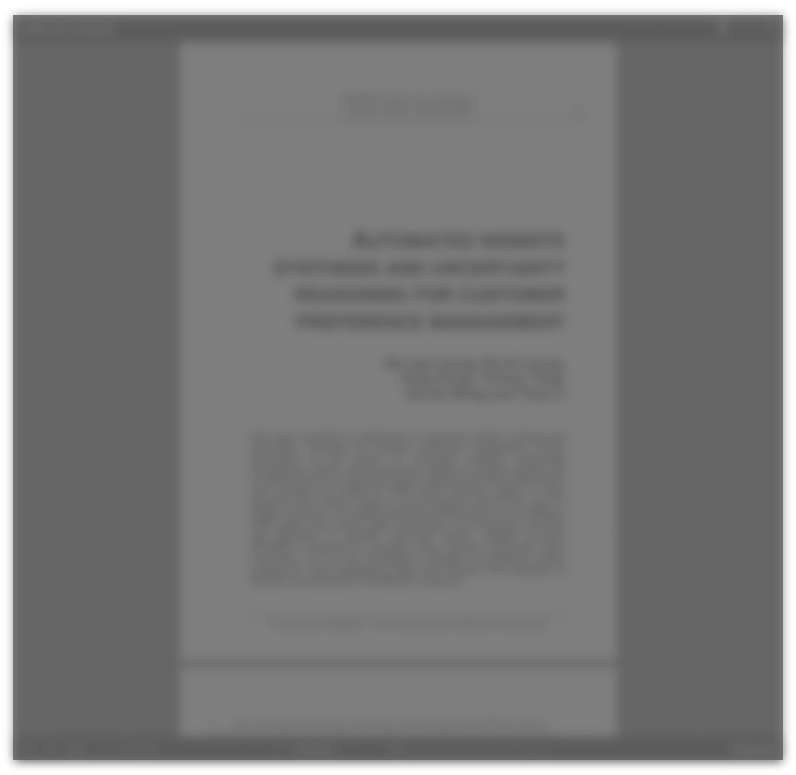Abstract:
Aroma, taste, texture and thermal or pain sensations elicited by food products show a dynamic change in intensity over time. The process of mastication changes the structure of food and enhances flavour release in the mouth, changes in texture will develop during chewing, the temperature of the food product will change dramatically (both frozen and boiling products will reach body temperature before swallowing). In general, these sensations develop in 5 to 200 seconds, the time during which the food product is taken into the mouth and eaten. The classical sensory methodology does not take this dynamic process into account, subjects are only asked to indicate the overall sweetness, bitterness or saltiness of a product. There is no possibility to indicate differences in the time course of these sensations. By assessment of the temporal characteristics of sensory perception a better understanding of products and differences between products can be achieved. For example, two products can have a similar overall taste intensity but they can differ in the way the taste develops in time. In order to obtain insight in these dynamic processes, a different sensory methodology is needed: time dependent measurement. Time dependent or time-intensity (T-I) measurements have been carried out since 1950 but the methodology is becoming increasingly popular with the advancement of computerized methods, which made the complex data treatment a lot faster and easier. This paper will discuss the latest developments in time- intensity measurement and show some recent results of the time-dependent measurement of bitterness by a panel of 8 subjects.
This could also be of interest:
Research Papers
 Temporal dominance of sensations
Temporal dominance of sensations
Catalogue: Fragrance 2007
Authors: Brieuc de Larrard, Sandra Corneau
Company: Symrise AG
 November 14, 2007
November 14, 2007
Research Papers
 The measurement of perception and motivation
The measurement of perception and motivation
Catalogue: Seminar 1987: Micro And Macro Market Modelling
Author: John Rice
 October 26, 1987
October 26, 1987






